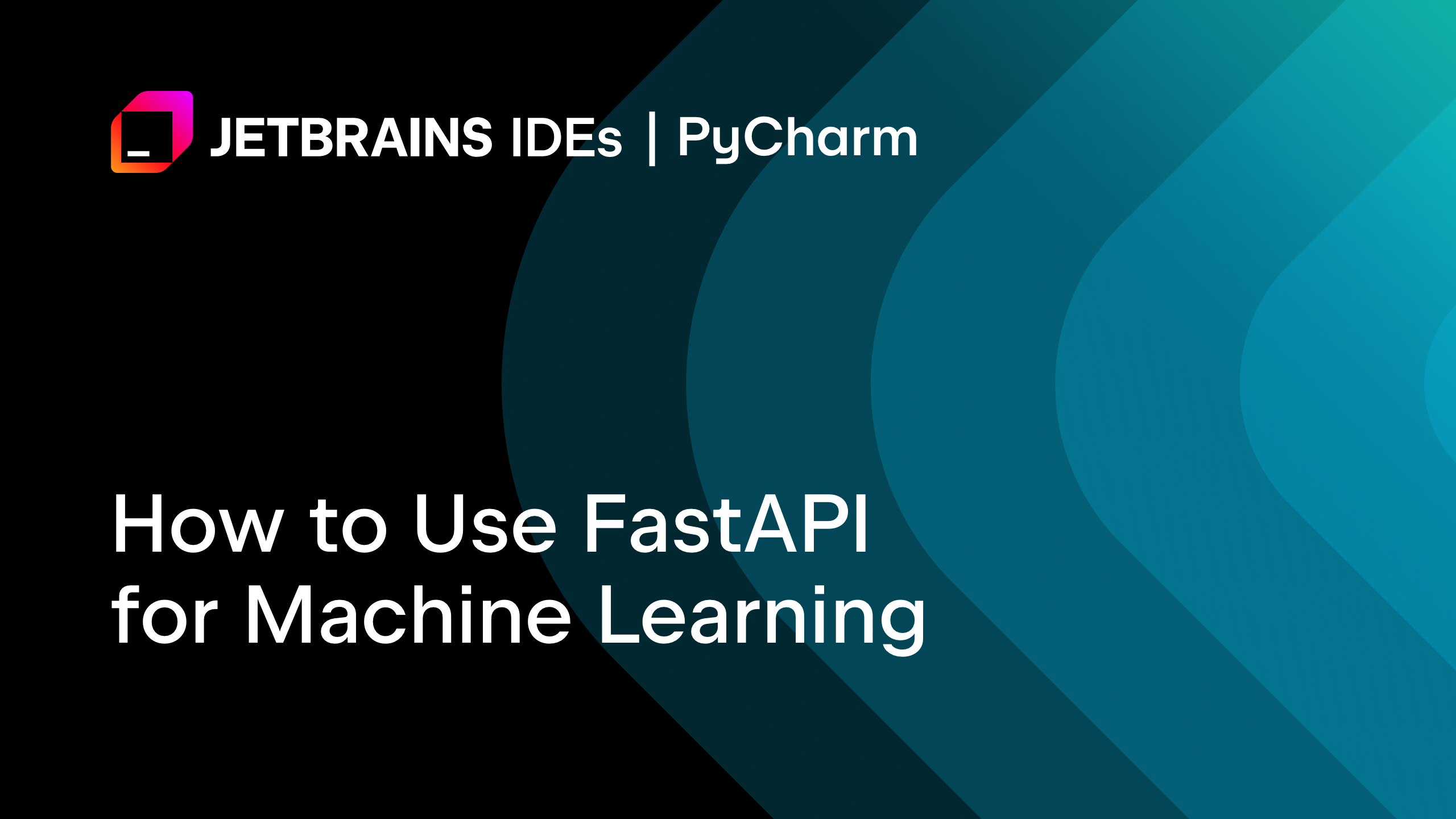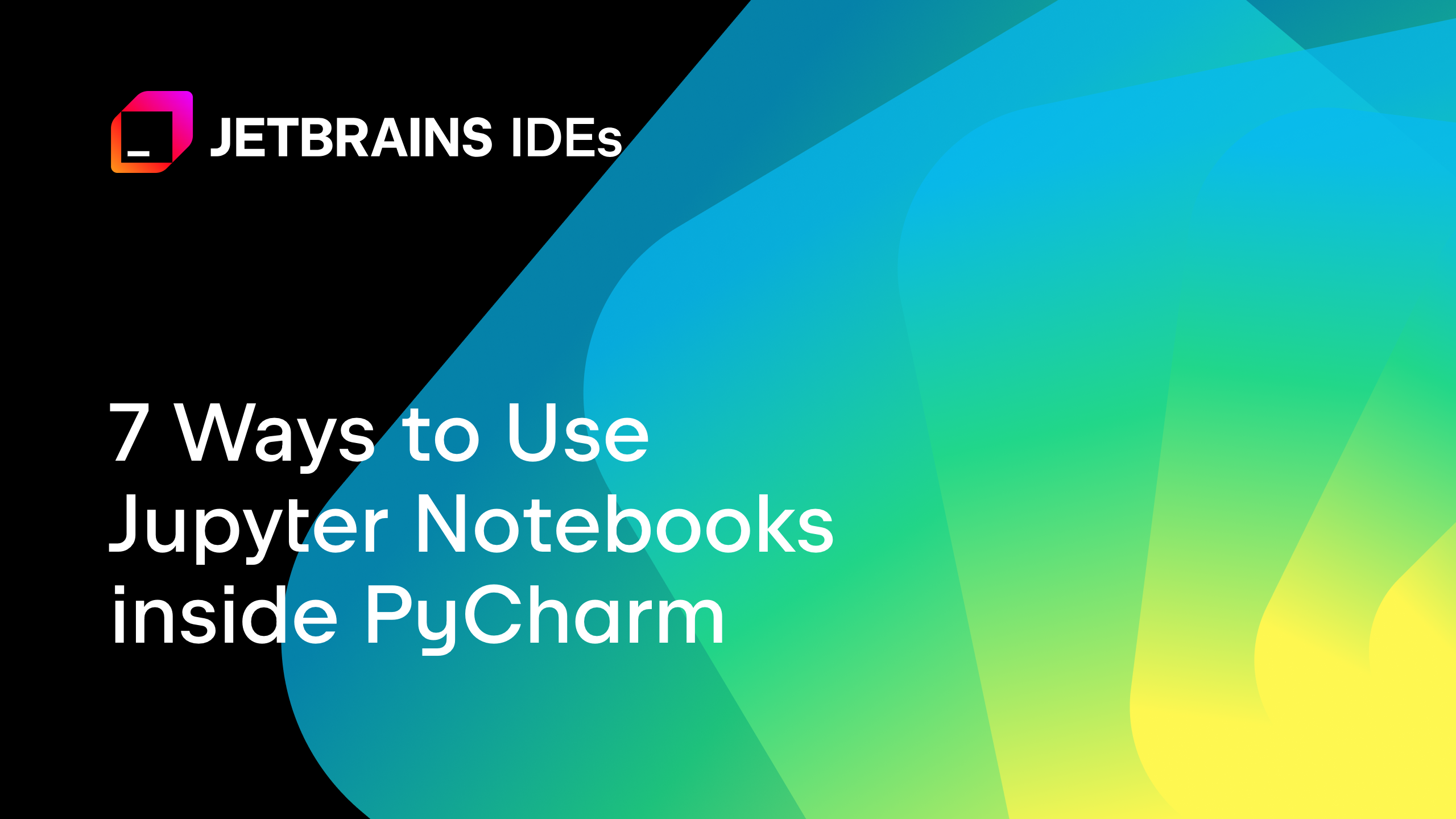Data Science How-To’s Jupyter notebooks are an important tool for data scientists, providing an easy option for conducting experiments and presenting results. According to our Developer Ecosystem Survey 2023, at least 35% of data professionals use Jupyter notebooks. Furthermore, over 40% of these users spend more than 20% of their working time using these resources. […]
PyCharm 2024.2.2 is here with many key updates, including Python support improvements, new Django features, and enhancements to the Data View tool window! Visit our What’s New page for more details on all these features and to explore many others. You can download the latest version from our download page or update your current version […]
Data Science How-To’s This is a guest post from Cheuk Ting Ho, a data scientist who contributes to multiple open-source libraries, such as pandas, Polars, and Jupyter Notebook. FastAPI provides a quick way to build a backend service with Python. With a few decorators, you can turn your Python function into an API application. It […]
Data Science How-To’s Read this post in other languages: Jupyter notebooks allow you to tell stories by creating and sharing data, equations, and visualizations sequentially, with a supporting narrative as you go through the notebook. Jupyter notebooks in PyCharm Professional provide functionality above and beyond that of browser-based Jupyter notebooks, such as code completion, dynamic […]
Data Science How-To’s PyCharm is one of the most well-known data science tools, offering excellent out-of-the-box support for Python, SQL, and other languages. PyCharm also provides integrations for Databricks, Hugging Face and many other important tools. All these features allow you to write good code and work with your data and projects faster. PyCharm Professional’s […]




